Flexural Modulus: Material Stiffness In Engineering
What Is Flexural Modulus?
It is a material property that characterises the stiffness of a material when it undergoes bending or flexural stress. It quantifies how much a material deforms under a bending load, specifically in the elastic range, where the material returns to its original shape once the stress is removed. The flexural modulus is a critical parameter in applications where bending or flexural loads are common, including structural components, automotive parts, and packaging materials.
In simple terms, flexural modulus reflects the ability of a material to resist deformation under a bending force. The higher the flexural modulus, the stiffer the material is, resists bending, while the lower the value, the more flexible it would be.
Flexural Modulus vs Young’s Modulus vs Elastic Modulus
Whereas these terms are frequently used interchangeably, each of the terms flexural modulus, Young's modulus, and elastic modulus describes different aspects of material behaviour under stress.
• Elastic Modulus: The elastic modulus is the general term applied to a material resistant to deformation under stress. It is a measure of the material's stiffness in response to any type of applied force, tensile, compressive, or shear. Elastic modulus can be divided into different types, depending on the type of stress being applied.
• Young's Modulus: Young's modulus refers especially to the stiffness of the material under tensile or compressive stress. It is the measure of the ratio of stress to strain in a material, when it is subjected to a uniaxial stress.
• Flexural Modulus: Flexural modulus deals with a material's reaction to bending stress. Unlike Young's modulus, which is determined by stretching or compressing a material along one axis, the flexural modulus refers to the deformation resulting from the bending forces. It is a measure of the amount a material will bend under a given load without permanently deforming.
The three moduli are all related to the stiffness of a material, but while the flexural modulus refers specifically to bending, Young's modulus refers specifically to stretching and compressing in one dimension, and the general elastic modulus can refer to any type of deformation.
Flexural Modulus and ASTM D790
The ASTM D790 standard test method, titled "Standard Test Methods for Flexural Properties of Unreinforced and Reinforced Plastics and Electrical Insulating Materials," is one of the most widely recognised methods for the flexural modulus of materials, especially plastics. The test involves applying a force onto a sample of the material while it rests supported at two points, much like a beam, and then measuring the amount of bending.
Key aspects of the ASTM D790 test include:
Three-Point Bending Test: A material is laid on two supports with a load applied at the centre. The deflection at the middle of the sample is measured under a known load, whereby the flexural modulus is calculated.
Four-Point Bending Test: A test configuration similar to the three-point test but with a load applied at two points. This configuration reduces the possibility of failure at the centre of the specimen and is generally done for more brittle materials.
These test results are significant in the process of allowing the manufacturer to evaluate the suitability of materials for specific applications, and in determining that products will not experience permanent deformation during bending.
Flexural Modulus: Calculation and Formula
The value of the flexural modulus, E_f, can be determined using the formula
E_f =
Where
• E_f = Flexural modulus in Pascals, Pa
• L = Length between supports in metres
• F = Applied force in Newtons
• d = Maximum deflection (in metres)
• b = Width of the sample, in metres
• δ = Measured deflection at the centre of the sample, in metres
This formula is derived from the fundamental relations of beam bending theory, in which the applied force-material stiffness-deflection relation is used to compute the flexural modulus. The value obtained gives the stiffness of the material when subjected to a bending process and it shows how much the material will bend under a given load.
Materials Commonly Tested for Flexural Strength
Flexural modulus testing is commonly conducted on a wide range of materials, especially the ones used for structural, automotive, and consumer products. The various common materials that are tested for their flexural strength include:
• Plastics and Polymers: Various plastics, including ABS, polycarbonate, and polypropylene, among others, are checked for their flexural modulus to estimate their appropriateness for packaging, automotive parts, and consumer goods.
• Composites: Fibre-reinforced composites, such as carbon fibre and fibreglass, undergo flexural testing to evaluate their application in structural and aerospace industries.
Metals: These are less common than plastics, but metals such as aluminium, steel, and titanium may have flexural modulus testing in specific applications where concerns about bending or flexural stress arise, such as in construction and automotive parts.
• Ceramics and Glass: The flexural modulus of brittle materials, such as ceramics and glass, is determined so that there will be no fracture by bending forces in construction, electronics, and optics applications.
Flexural modulus testing is an important aspect of determining how materials will perform in a real-world application involving bending, and how products will maintain integrity under load.
Conclusion
The flexural modulus is a critical property that helps engineers and designers understand how materials will behave under bending stress. By testing materials using standardised methods like the three-point and four-point bending tests, manufacturers can select appropriate materials for a wide range of applications—from consumer products to structural components. Understanding the flexural modulus allows for better design choices, enhancing performance, safety, and reliability in end-use products. For more information, please check Stanford Advanced Materials (SAM).
Frequently Asked Questions
1. What is the difference between flexural modulus and tensile modulus?
Modulus of flexure describes a material that exhibits the resistance to bending or flexural deformation, and tensile modulus (also called Young’s modulus) characterises the material resistant to deformation under tension—i.e., stretching or compression. Both properties reflect material stiffness; however, they are tested under different stress conditions.
2. Why is the flexural modulus important in material selection?
Flexural modulus is important in the selection of materials in applications that involve bending or flexing, as in beams, automotive parts, and packaging, to ensure that materials can support mechanical stresses without permanent distortion during use.
3. How does temperature affect the flexural modulus?
In general, the flexural modulus decreases with increasing temperature. As it heats up, a material's atomic structure becomes more flexible; therefore, when under load, it will bend more easily. Testing at different temperatures can provide valuable insights into how a material will perform under varying environmental conditions.
4. Can the flexural modulus be used to predict the performance of a material in real-life applications?
Yes, the flexural modulus is a good predictor of how a material will behave under real-life bending conditions. In testing the flexural modulus, manufacturers are able to ensure that materials meet the strength and durability necessary for a particular application.

 Bars
Bars
 Beads & Spheres
Beads & Spheres
 Bolts & Nuts
Bolts & Nuts
 Crucibles
Crucibles
 Discs
Discs
 Fibers & Fabrics
Fibers & Fabrics
 Films
Films
 Flake
Flake
 Foams
Foams
 Foil
Foil
 Granules
Granules
 Honeycombs
Honeycombs
 Ink
Ink
 Laminate
Laminate
 Lumps
Lumps
 Meshes
Meshes
 Metallised Film
Metallised Film
 Plate
Plate
 Powders
Powders
 Rod
Rod
 Sheets
Sheets
 Single Crystals
Single Crystals
 Sputtering Target
Sputtering Target
 Tubes
Tubes
 Washer
Washer
 Wires
Wires
 Converters & Calculators
Converters & Calculators
 Write for Us
Write for Us
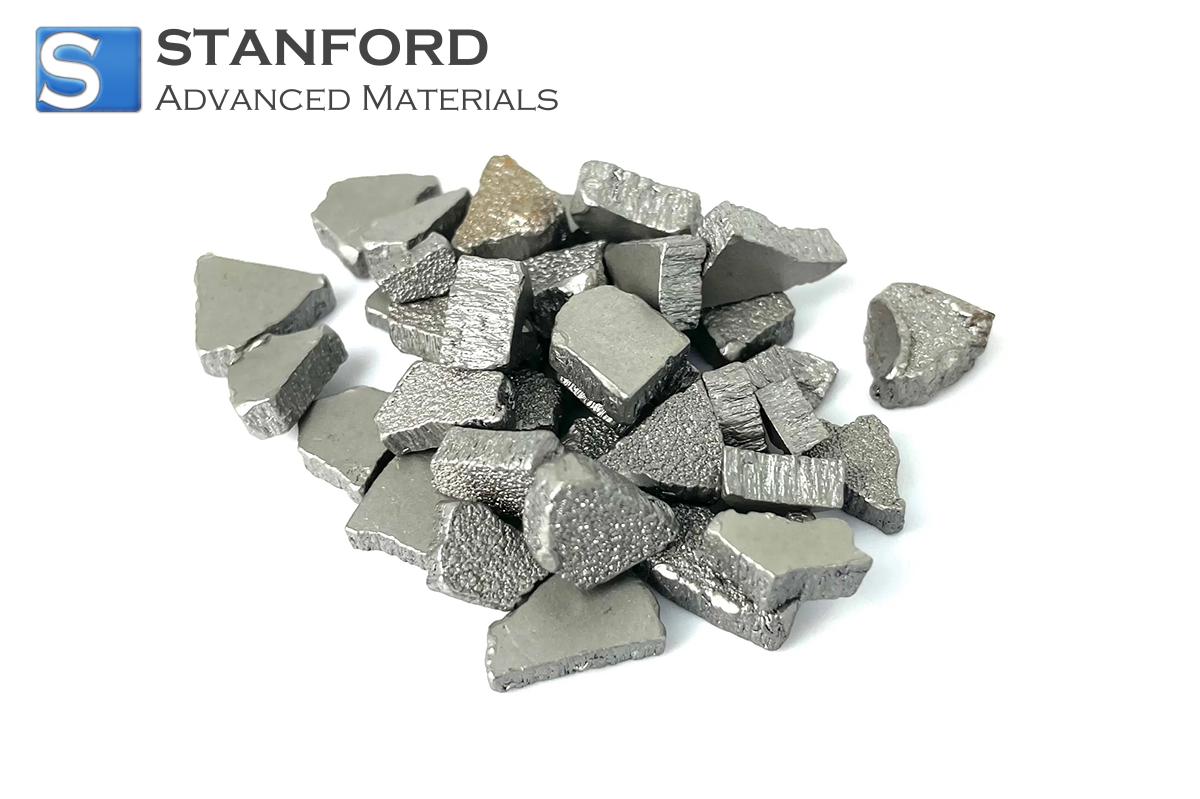
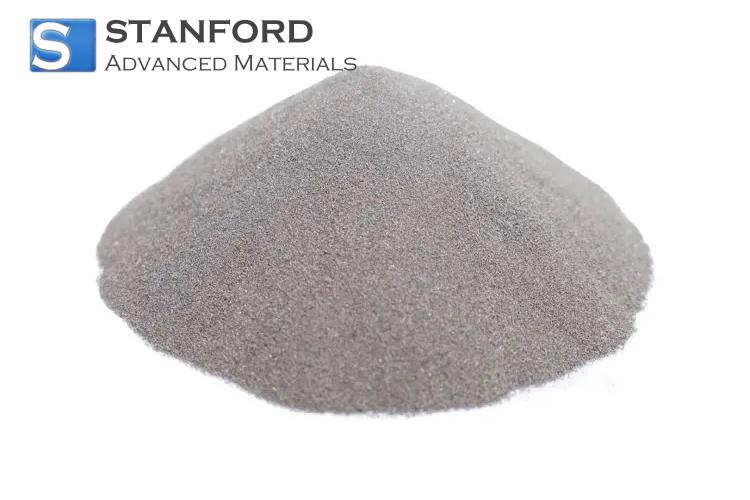
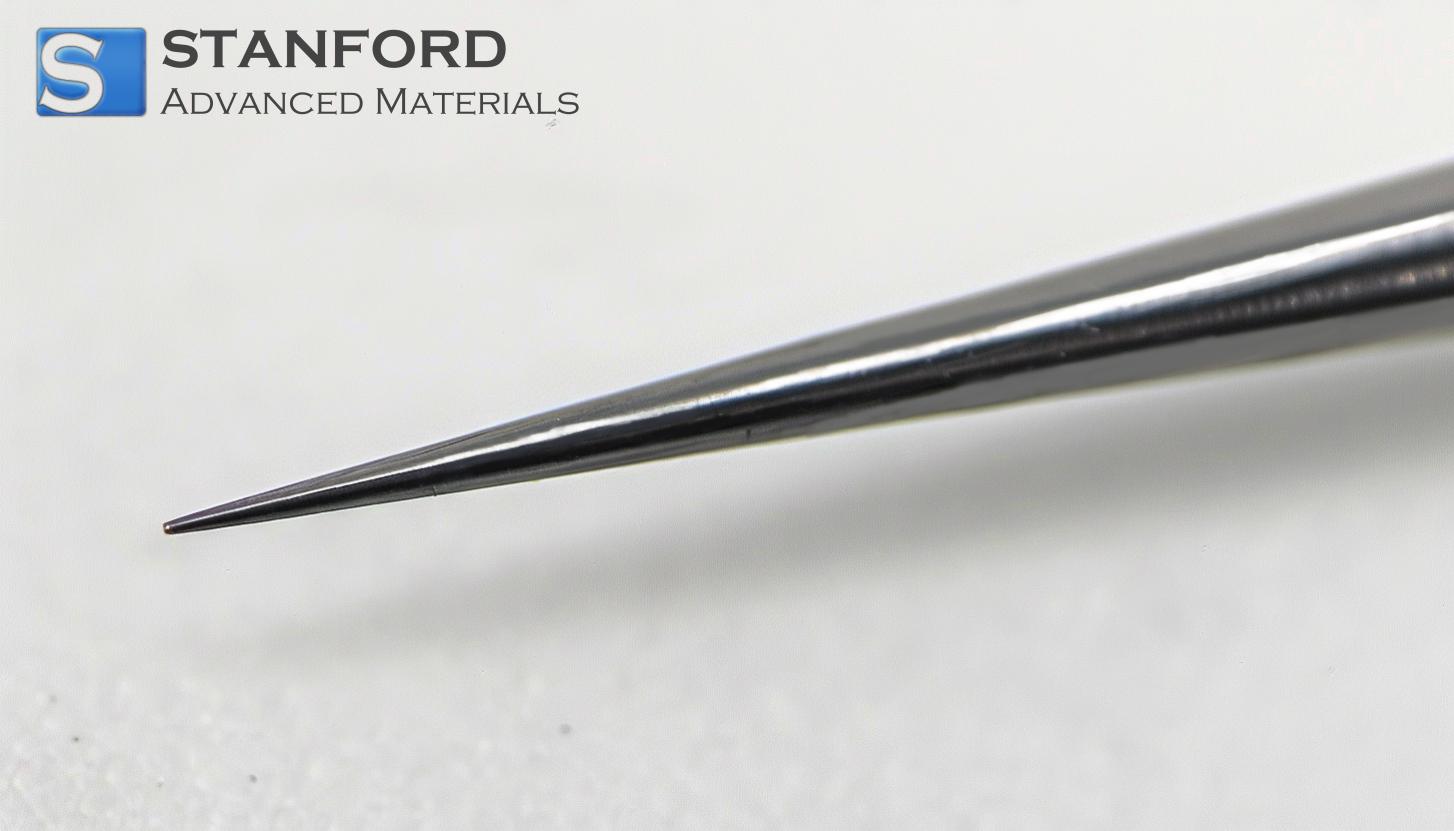
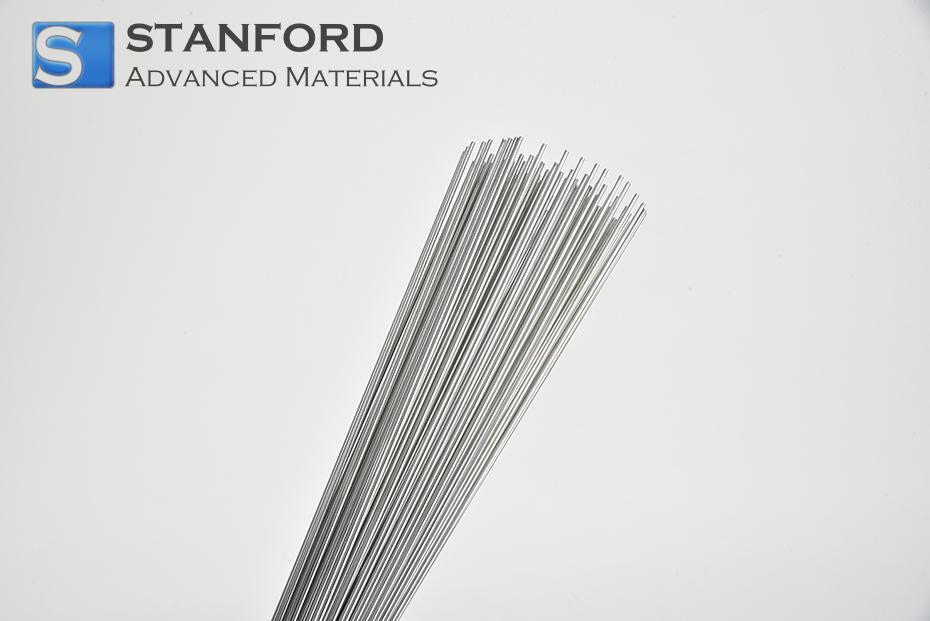
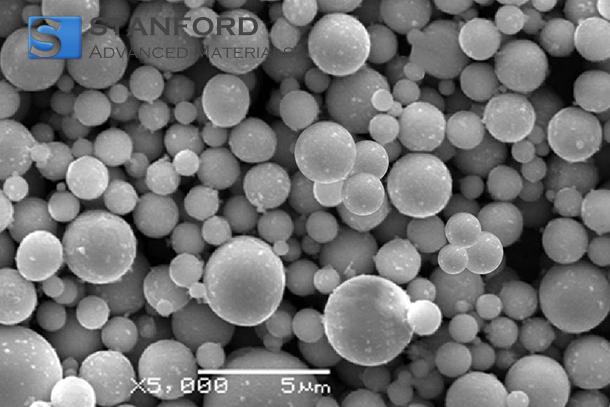
 Chin Trento
Chin Trento



